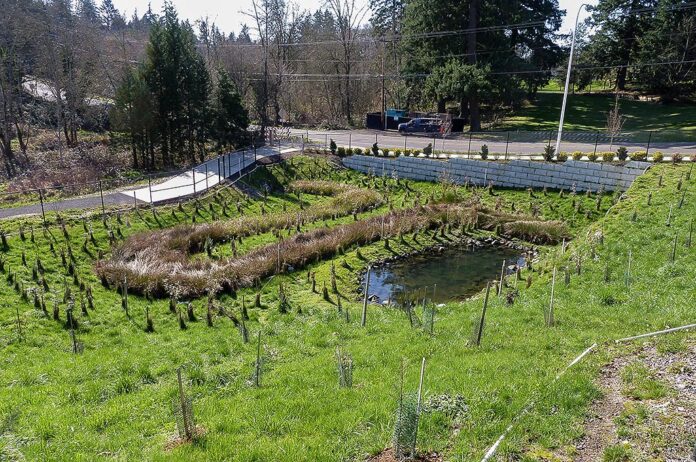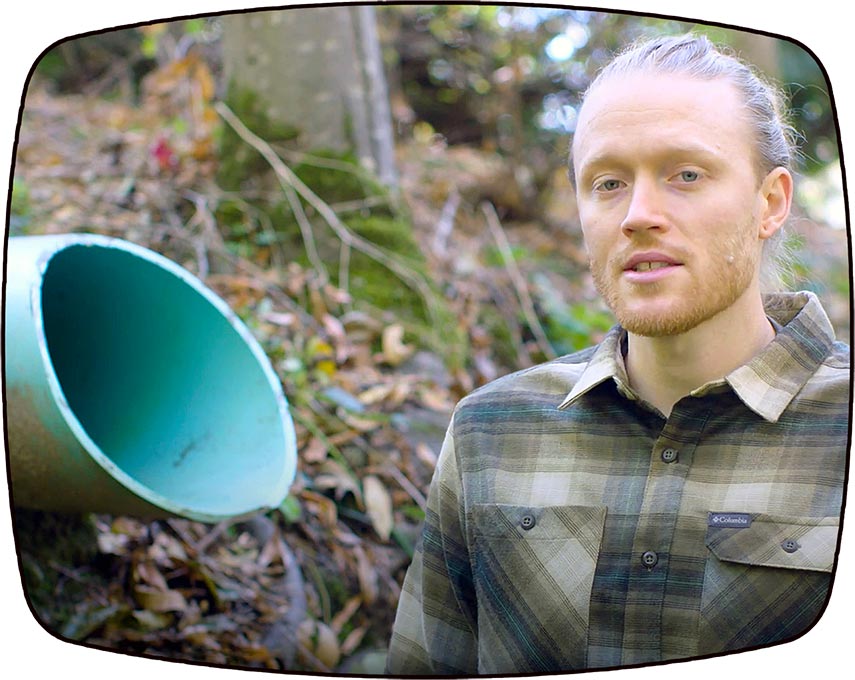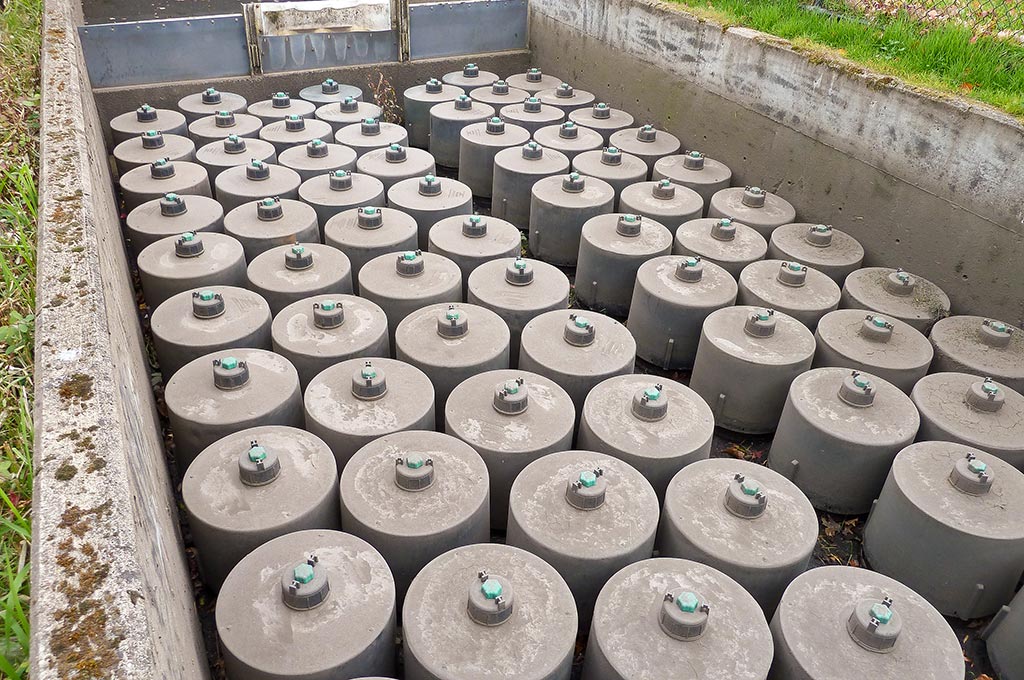
There is no such thing as the “too long; didn’t read” version of Tualatin’s new Stormwater Master Plan. It’s far too complicated for that.
Fortunately, however, there is video for those who don’t want to wade through a 600-page technical document full of engineering jargon and complex scientific concepts that detail how rainwater is directed away from Tualatin’s streets, roads and other hard surfaces. Produced by Tualatin Valley Community Television and Director Kevin Howard, the three-and-a-half-minute production presents a simplified version of the 500 plus culverts, bioswales and other stormwater facilities spread throughout the city on public and private property.

For City Public Works staff tasked with explaining the master plan to the public, it simply made more sense to show rather than tell.
“It’s a 600-page document, and how do you condense it enough? How do I try and talk about things without immediately going too high that the general audience is just yawning?” said Hayden Ausland, a water quality engineer with the Public Works Department. “I tried to do it so I could get people interested in what stormwater is and why it matters. People think ‘I don’t need to worry about this, it doesn’t affect me.’ Well, the last month it’s certainly been raining a lot. And I wonder what happens to all that rain.”
The simple answer is that all that rain eventually finds its way to the Tualatin River and other local streams and waterways. Whether or not it gets there without first causing localized flooding is the job of those stormwater facilities and 93 miles of pipe.
What the new master plan does is to provide a rough guide for maintaining the system and incorporating new and improved facilities over the next 10 years. It’s also long overdue – the last stormwater master plan was approved by the City back in 1972.
“It’s a pretty robust thing just thinking about maintenance,” Ausland said. “It’s one of the building blocks that the Master Plan looked at, and I mention that in the video. There’s a clip of staff out in the field actually cleaning out a sewer manhole.”
At their Feb. 8 meeting, the Tualatin City Council formally put its stamp of approval on the new Master Plan. This followed planning commission approval, which came on Jan. 21.

Along with maintenance, the Master Plan outlines at least 21 water quality facilities that will need to be built to keep the system running smoothly as well as installation of up to 1,900 linear feet of stormwater drainage pipe.
The plan also addresses erosion control, the reduction of pollutants entering local waterways, and ensuring continued compliance with federal, state and local regulations. Finally, it calls for the City to increase staffing to handle future development.
All told, the Master Plan calls for just under $6.5 million in spending on new projects over the next decade.
One of the primary tools used to craft the plan was a digital modeling system created by consulting firm Brown and Caldwell, which aided the City in developing the document. The model replicated Tualatin’s stormwater system and was used to run simulated events that tested the system’s ability to function.
“That helps us, as managers of infrastructure, to say ‘Alright, this area keeps flooding, why does it keep flooding?’” Ausland said. “That helps us manage our money a little bit better.”


















